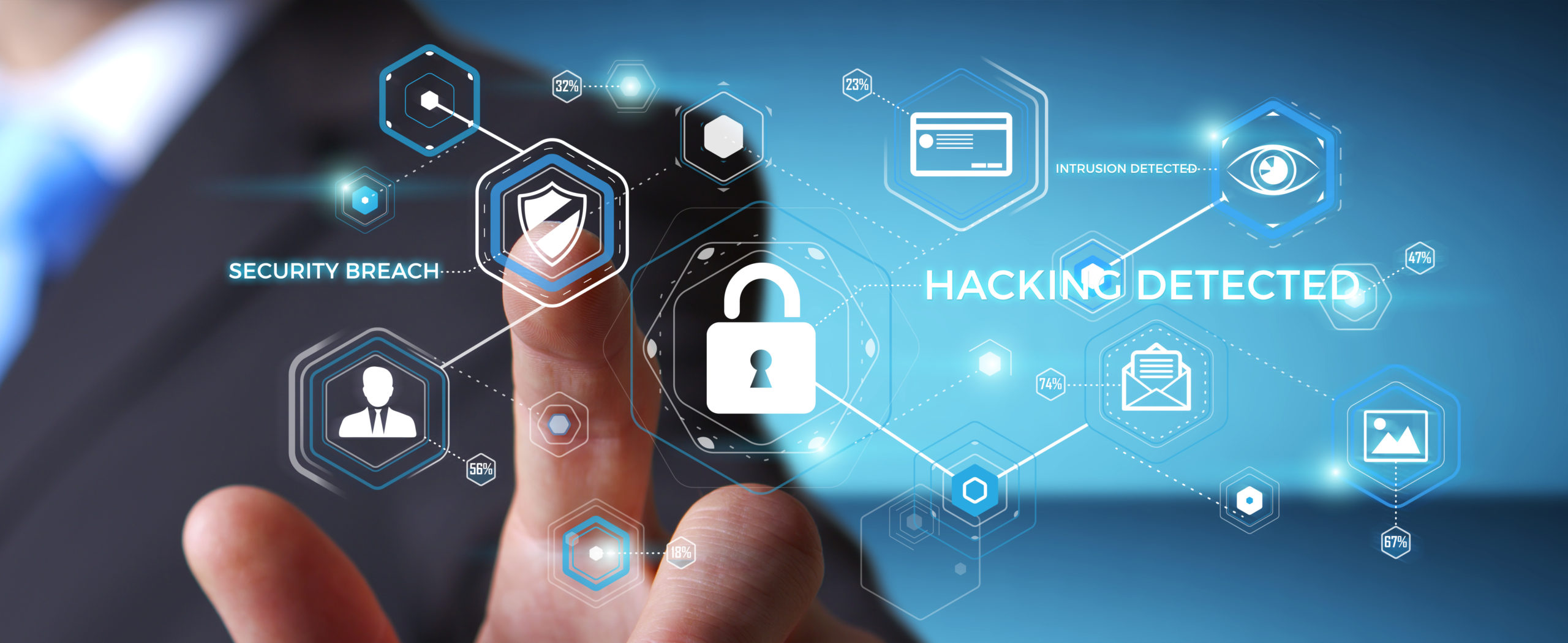Setting up your new Mac is not a big deal, but you need to take additional measures if you want to enhance your privacy. Apple Inc. ensures maximum security for its users through extensive privacy settings. Therefore, configuring Mac security can be a challenge for new users. Below, you will find some tips for protecting your Mac OS from cyberthreats:
Encrypt Your Data
Apple Inc. understands its target audience and manufactures its products by keeping up with its user’s needs. Apple Inc focuses more on their laptops because most of their users love to work remotely. They work from the café or coffee shop for an hour or more, and why wouldn’t they? Working from a local coffee shop near your home is a great experience. Students often carry their laptops to their universities and colleges for projects and other activities.
Working from these stores means your Mac laptop is susceptible to numerous security threats. Since these coffee shops and restaurants contain public networks, cybercriminals can extract your data through various techniques, such as packet sniffing attacks. Most of these networks do not require passwords, and anyone can access the internet using these public networks. On top of that, these networks do not contain proper data encryption keeping you at high risk of theft.
While using a network that encrypts your data, cybercriminals cannot access your laptop, and even if they do, they cannot convert the data in a viewable format. Hence, you can protect sensitive and private data through data encryption. By installing a Mac VPN, you can secure your data while still using a public network. With a VPN, you can encrypt the data while on the same public network. When you use a VPN service, cybercriminals cannot access your user names, credit card information, passwords, and other information. Furthermore, websites cannot track your ISP and location while you browse.
Regularly Update the OS
Security updates are important when it comes to protecting your Mac. Since numerous security threats range from vulnerabilities to malware, operating systems like macOS require daily updates and fixes. Cybercriminals use new techniques to breach your cybersecurity and digital safety. They love to identify the security flaws, weaknesses, and security holes in an operating system.
Once they breach the laptop, they gain access to your private data and use it for illegal activities. Ensuring maximum security, Apple Inc sends regular updates and fixes to strengthen the security. Ignoring those updates will put you in trouble. You can ensure if your Mac is up-to-date by visiting the Apple Security Updates page. Also, adjust your settings by visiting the “software update” in the “System Preferences” option. There, you will find the “Advanced” button. Click on that button and adjust the settings accordingly. It would be better to select auto-updates from these settings and receive alerts when Apple Inc releases new updates. Make sure that you update your operating system, as well as software. To update your software, you need to visit the Mac App Store or directly update it through in-app settings.
Use Multiple Accounts
While setting up your new Mac, you need to create an administrator account. For that, enter details like your user name, password, and other private information. An administrative account is necessary and useful for various reasons, such as allowing access to an application and much more. Even though this account is important, you should not use it for regular use, as it includes private information. The software you install through this administrative account may get access to your private details. When an administrator makes the mistake of downloading malicious software, things may start to slip out of their hands. This gives permission to cybercriminals to access and operate the laptop. Once they access your first account, they can add, use, change your files and access the folders through administrative permission. You can prevent cyber attacks by creating and using a standard account.
By using a non-admin account, you can restrict cybercriminals from accessing your administrative account. You can perform all your daily activities and store your personal files and details in the second account, while your administrative account is secure with a password. Using multiple accounts can be a bit of a struggle, but it protects you from potential disasters. Therefore, you should understand how to create two separate accounts and secure your data and laptop with this smart trick.
Install Outbound Firewall
Apple’s Mac laptops include built-in firewalls for inbound protection. But, there is a myriad of security threats that inbound firewalls cannot identify. Since the frequency of cybersecurity attacks is drastically increasing, cybercriminals are looking for a loophole in the system. They target Mac users through new malware and strategies. Therefore, depending only on the inbound firewall can be a significant risk.
Outbound traffic may include some malware communicating with the control and command centers. These threats enable cybercriminals to access your laptop and perform illegal activities, such as DDOS attacks. You can add multiple layers of security to your Mac and defend your system from unknown malware. You can get this level of security through outbound firewalls and receive threat alerts on suspicious outbound traffic.
Follow Apple’s System Integrity Protection
There’s illegitimate software all over the internet that can messes up your Mac security. These tools include malware and bugs and pose a security threat to your system. However, Apple’s System Integrity Protection protects your Mac and other components integrating with the kernel. Kernal is the heart of your laptop and monitors the hardware resources such as CPU processor and memory. Since the introduction of Apple’s M1 Macs, manufacturers are taking additional measures for Kernal Integrity Protection. These measures make it difficult to install software that may include malware or other threats to the system. However, some of these tools instruct you to minimize the security so that they can infiltrate your system. You need to be careful about those software and avoid reducing security at any cost.
Conclusion
Following the above measures, you can protect your Mac from cyber threats and malware software. With the increasing number of breaches, it is obvious that we will notice more attacks. So instead of becoming a victim, you need to ensure maximum Mac security. The first thing to do is to use VPN to encrypt your data while using a public network. Other than that, regularly update your system, use two user accounts, create outbound protection through the firewall, and secure your Mac from illicit software.
















